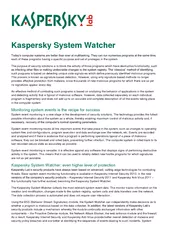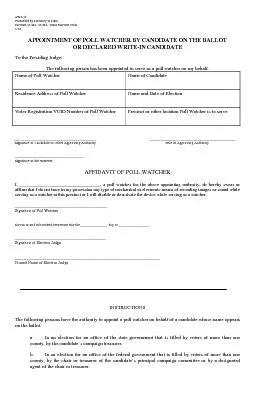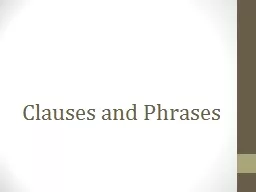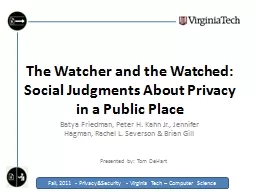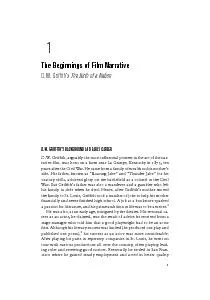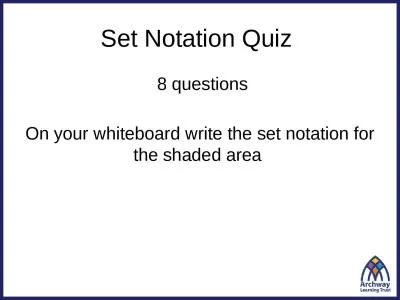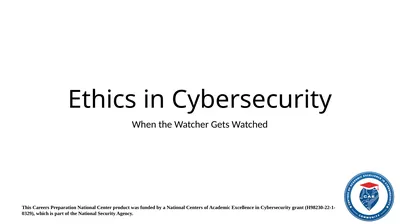PPT-The Watcher and the Watched:
Author : debby-jeon | Published Date : 2019-06-20
Social Judgments About Privacy in a Public Place Batya Friedman Peter H Kahn Jr Jennifer Hagman Rachel L Severson amp Brian Gill Presented by Tom DeHart Public
Presentation Embed Code
Download Presentation
Download Presentation The PPT/PDF document "The Watcher and the Watched:" is the property of its rightful owner. Permission is granted to download and print the materials on this website for personal, non-commercial use only, and to display it on your personal computer provided you do not modify the materials and that you retain all copyright notices contained in the materials. By downloading content from our website, you accept the terms of this agreement.
The Watcher and the Watched:: Transcript
Download Rules Of Document
"The Watcher and the Watched:"The content belongs to its owner. You may download and print it for personal use, without modification, and keep all copyright notices. By downloading, you agree to these terms.
Related Documents


